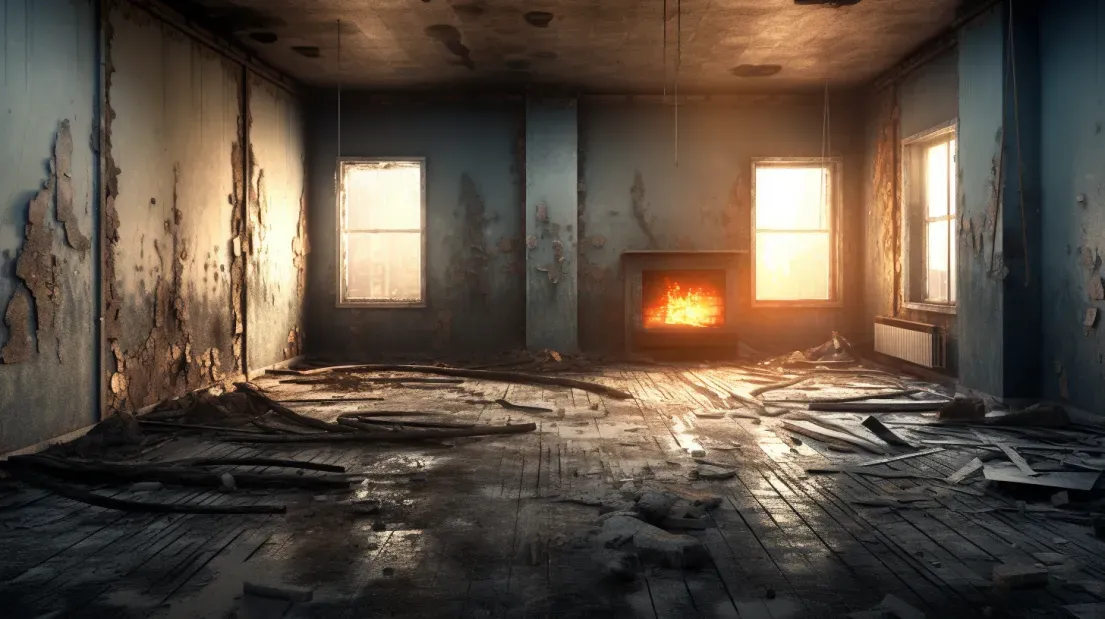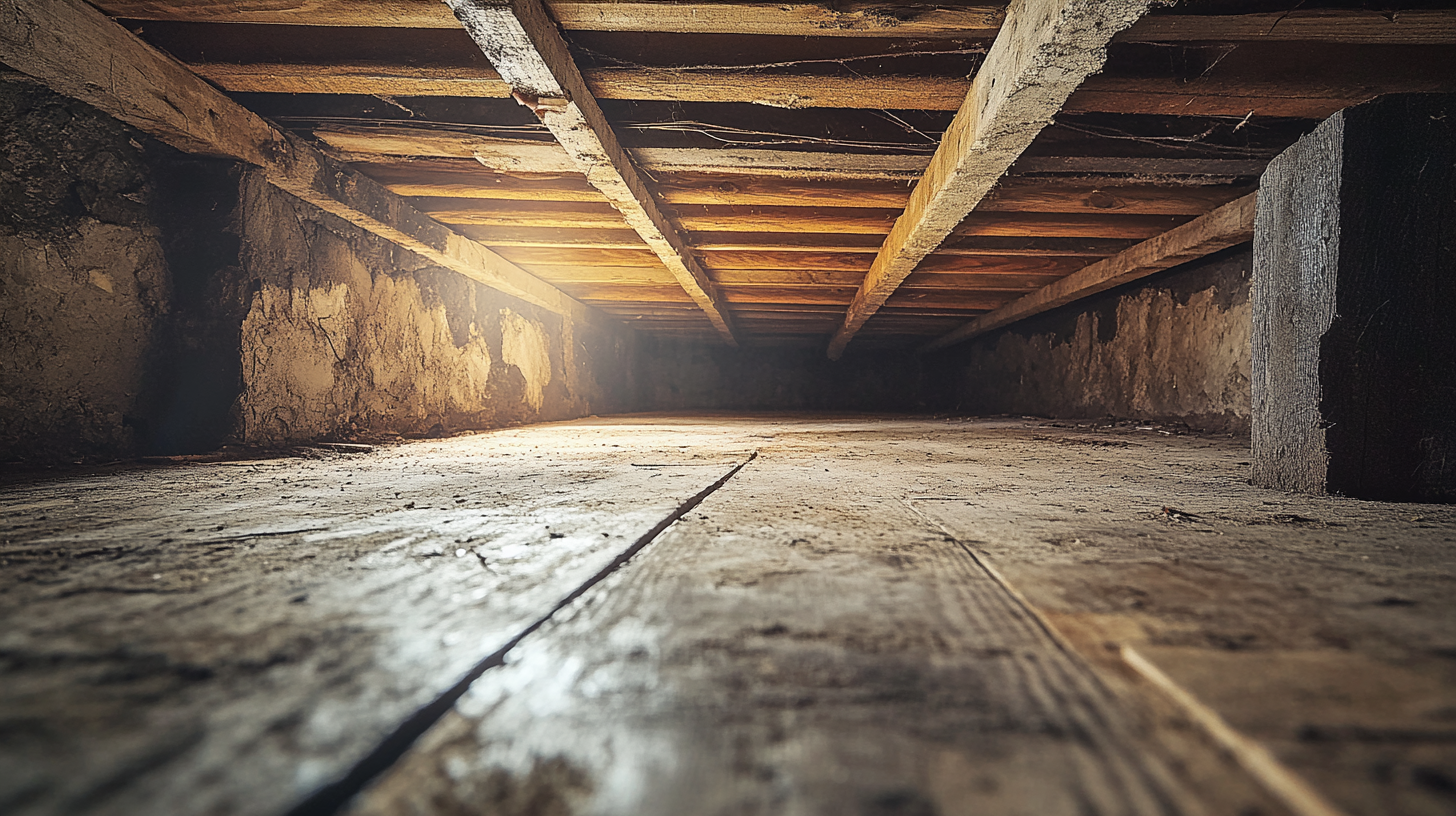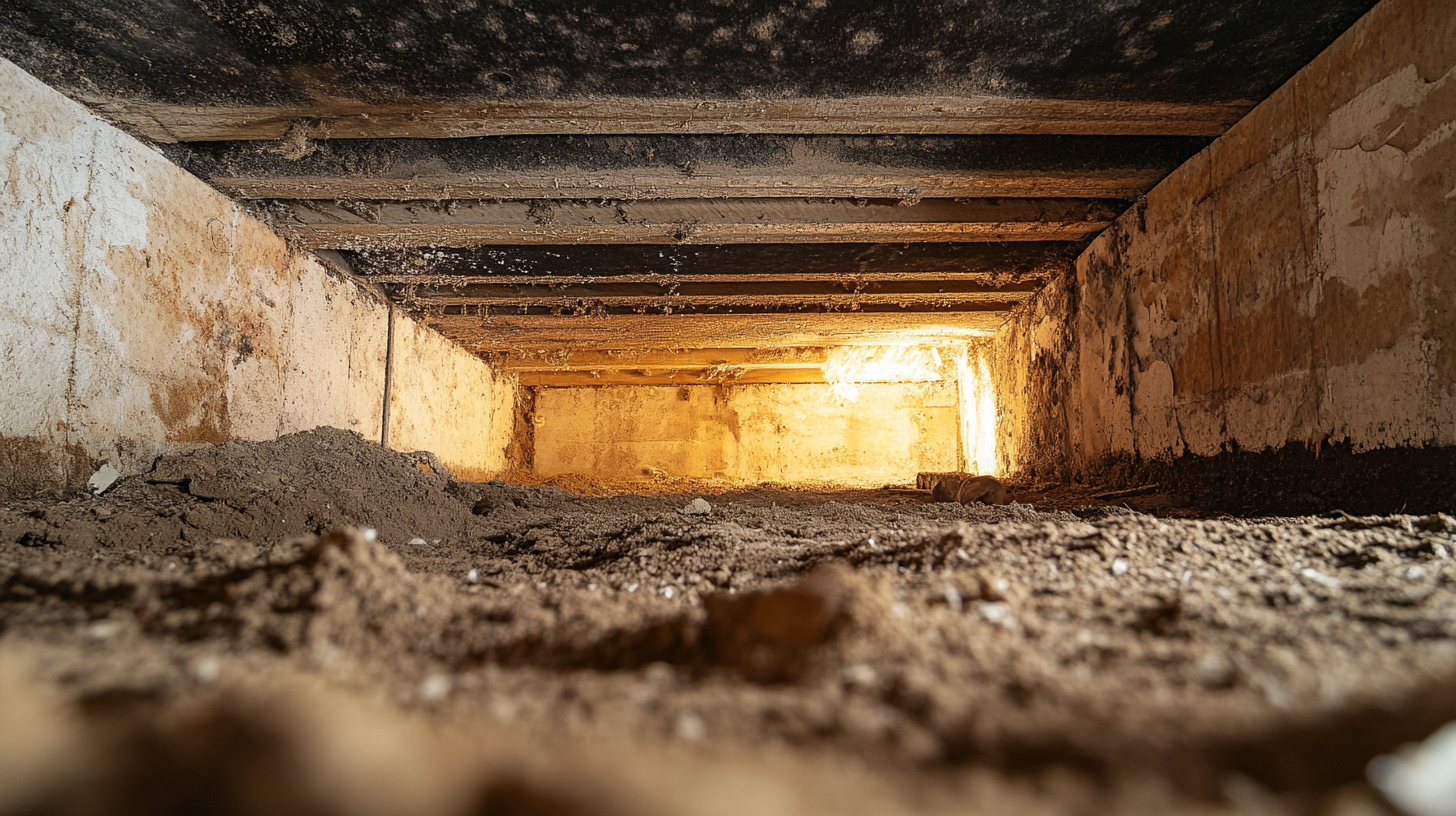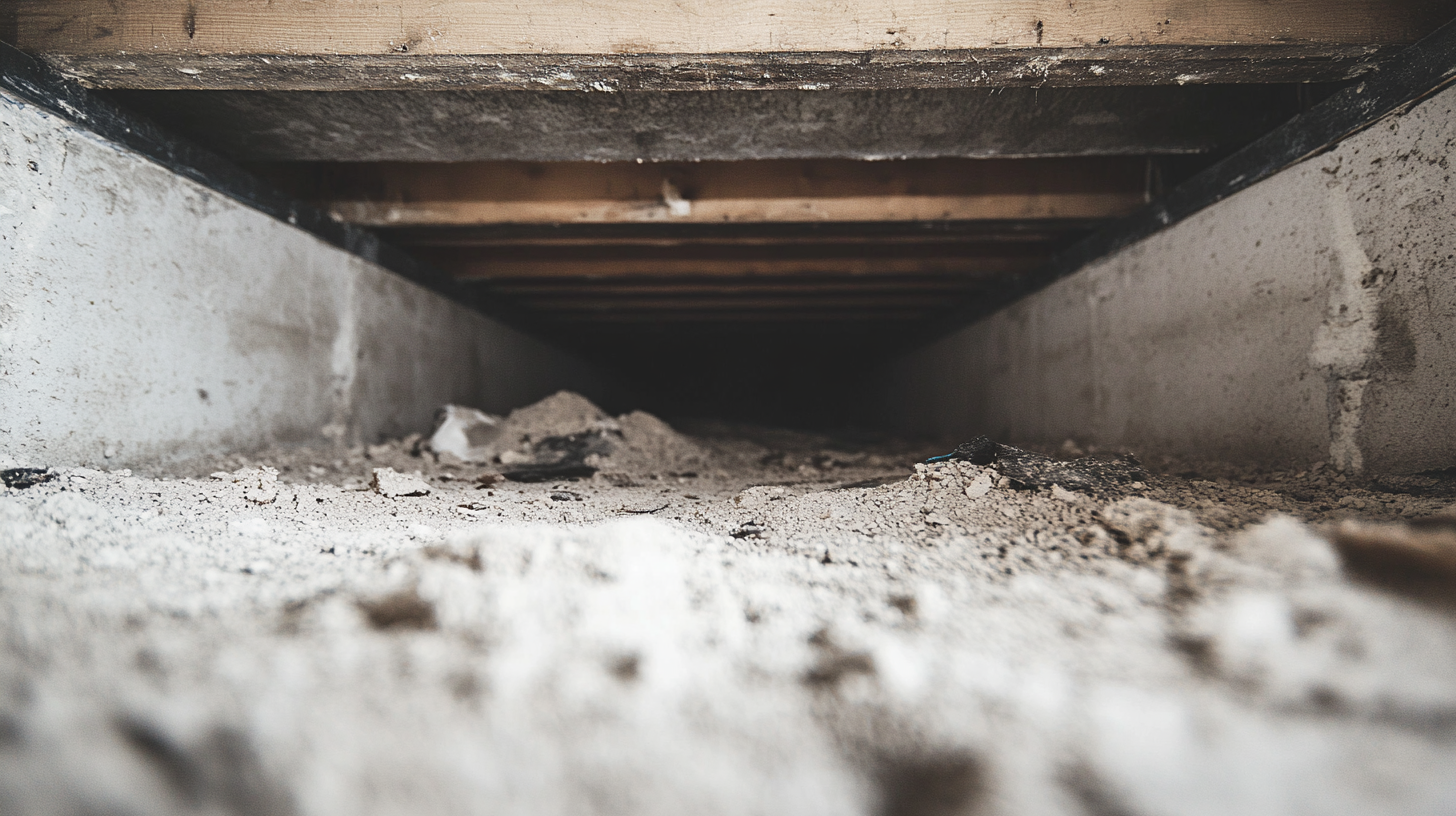The Role of Thermal Imaging in Identifying Fire Damage

Timely and accurate detection and assessment of fire damage are crucial for homeowners facing the aftermath of a fire. Swift action can significantly mitigate the extent of damage, prevent further deterioration, and expedite the recovery process. Accurate assessments ensure that all damages are thoroughly identified and addressed, which is essential for effective repairs and full insurance compensation.
Delays or inaccuracies in the assessment can lead to prolonged recovery times, increased costs, and potential safety hazards. By prioritizing prompt and precise evaluation, homeowners can protect their property, ensure safety, and facilitate a smoother restoration process. Understanding the critical nature of this initial step lays the foundation for successful recovery and rebuilding efforts.
Understanding Thermal Imaging
Principles of Thermal Imaging
How Thermal Imaging Works Thermal imaging technology operates on the principle of infrared radiation detection. All objects emit infrared radiation as a function of their temperature, which is invisible to the naked eye but can be detected by thermal cameras. These cameras capture the infrared radiation and convert it into electronic signals, which are then processed to create a thermal image or heat map. This image visually represents temperature variations, allowing for the detection of heat sources and temperature anomalies that could indicate fire damage.
Differences Between Thermal Imaging and Traditional Visual Inspection Traditional visual inspections rely on the visible spectrum of light, which limits the ability to detect hidden or underlying issues that do not manifest on the surface. In contrast, thermal imaging can see beyond the surface, revealing heat patterns and sources that are not visible through traditional methods. This makes thermal imaging particularly effective in identifying hidden fire damage, such as hotspots behind walls or within structural components.
Components of a Thermal Imaging Camera A thermal imaging camera is composed of several key components, each with a specific function:
- Lens: Focuses infrared radiation onto the sensor.
- Sensor (Detector): Converts infrared radiation into electronic signals.
- Processor: Analyzes the signals from the sensor and generates a thermal image.
- Display: Shows the thermal image, allowing users to view temperature variations in real-time.
- Battery: Powers the device, providing portability and ease of use in various locations.
Types of Thermal Imaging Devices
Handheld Thermal Cameras Handheld thermal imaging cameras are portable devices used for on-the-spot inspections. They are commonly used by professionals for quick assessments of fire damage, electrical faults, and insulation issues. Features of handheld thermal cameras include:
- Portability: Easy to carry and maneuver in different environments.
- User-Friendly Interface: Simple controls and clear displays for immediate analysis.
- High Resolution: Capable of capturing detailed thermal images to identify small temperature variations.
Drone-Mounted Thermal Cameras Drone-mounted thermal cameras combine the mobility of drones with the advanced detection capabilities of thermal imaging. This integration offers several benefits:
- Aerial Assessment: Drones can survey large or hard-to-reach areas, providing a comprehensive overview of the damage from above.
- Efficiency: Rapid assessment of extensive areas without the need for scaffolding or ladders.
- Safety: Allows inspection of dangerous or unstable structures from a safe distance.
Fixed Thermal Imaging Systems Fixed thermal imaging systems are installed in specific locations to provide continuous monitoring and assessment. These systems are particularly useful for large-scale or high-risk environments, such as industrial facilities and commercial buildings. Applications include:
- Continuous Monitoring: Constantly track temperature changes and detect potential fire hazards in real-time.
- Automation: Integrated with alarm systems to provide automatic alerts when temperature anomalies are detected.
- Large-Scale Assessments: Suitable for monitoring extensive areas, ensuring comprehensive coverage and early detection of issues.
By understanding the principles and applications of thermal imaging, as well as the different types of devices available, homeowners and professionals can effectively utilize this technology for accurate fire damage detection and assessment, enhancing safety and efficiency in restoration efforts.
Applications in Fire Damage Identification
Detecting Hidden Damage
Identifying Subsurface Damage Thermal imaging is a powerful tool for identifying subsurface damage that is not visible to the naked eye. It detects infrared radiation, highlighting temperature variations that can indicate underlying issues. For example, thermal imaging can reveal hidden hotspots that signify smoldering materials within walls or ceilings, which could reignite if left unattended. Additionally, it can uncover structural weaknesses where heat has compromised the integrity of beams or other critical components, which might otherwise go unnoticed during a standard visual inspection.
Moisture and Mold Detection Thermal imaging also plays a crucial role in identifying moisture intrusion and potential mold growth. Moisture trapped within walls, ceilings, or floors can cause significant damage over time and create an environment conducive to mold growth. By detecting temperature anomalies, thermal cameras can locate areas with excess moisture, enabling early intervention and prevention of mold-related health issues. This application is especially useful in post-fire scenarios where water used to extinguish the fire may have seeped into the structure.
Assessing Structural Integrity
Heat Distribution Analysis Analyzing heat distribution with thermal imaging helps assess the integrity of structural components. By capturing and examining the thermal patterns of walls, roofs, and foundations, professionals can identify areas where the heat has caused damage. For example, uneven heat distribution might indicate compromised insulation, gaps in the building envelope, or damaged structural elements. These insights are vital for planning effective repairs and ensuring that the building remains safe and structurally sound.
Identifying Areas of Concern Thermal imaging helps pinpoint specific areas of concern in various structural components. In walls, it can detect heat anomalies that suggest hidden damage or insulation issues. In roofs, it can reveal areas where heat is escaping, indicating potential weaknesses or breaches in the roofing materials. In foundations, it can identify thermal irregularities that might suggest subsurface water intrusion or foundational shifts.
Evaluating Electrical Systems Thermal imaging is also essential for evaluating electrical systems. It can detect overheating in electrical components and wiring, which might indicate potential fire hazards. Identifying these issues early allows for preventive measures, such as repairing or replacing faulty components before they lead to fires. Regular thermal inspections of electrical systems can significantly enhance safety by ensuring that all components operate within safe temperature ranges.
By employing thermal imaging in fire damage identification and assessment, professionals can achieve a more comprehensive understanding of the damage, ensuring that all hidden and structural issues are addressed promptly. This approach not only enhances safety but also facilitates more effective restoration and repair processes.
Advantages of Thermal Imaging
Non-Invasive Assessment
Benefits of Non-Destructive Testing Thermal imaging provides a non-invasive and non-destructive method for assessing fire damage. This approach is crucial for preserving the integrity of the building during the assessment process. Traditional methods might require intrusive techniques that could further damage the structure, but thermal imaging allows for a comprehensive evaluation without physical intervention. This technology captures heat patterns and temperature anomalies, providing detailed insights into the condition of the building's components without causing additional harm.
How Thermal Imaging Provides Detailed Information Without Causing Further Damage Thermal imaging cameras detect infrared radiation and convert it into a visual representation of temperature variations. This allows inspectors to identify hidden issues such as subsurface heat spots, structural weaknesses, and moisture intrusion without having to remove walls or other building elements. The ability to see through surfaces and capture real-time data ensures that the assessment is thorough and accurate while maintaining the building's integrity.
Time and Cost Efficiency Thermal imaging significantly reduces the time required for fire damage assessments compared to traditional methods. The non-invasive nature of the technology means that inspectors can quickly scan large areas and identify problem spots without the need for time-consuming and labor-intensive inspections. This efficiency translates into cost savings, as early detection of issues allows for targeted repairs, reducing the need for extensive and expensive interventions.
Real-Time Monitoring and Documentation
Live Monitoring Capabilities One of the standout advantages of thermal imaging is its capability for real-time data collection and analysis. During fire events, thermal cameras can be used to monitor the situation live, providing immediate feedback on heat sources and the spread of the fire. This real-time monitoring enables quick decision-making, helping firefighters and emergency responders to allocate resources effectively and take timely actions to control and extinguish the fire.
Immediate Decision-Making Based on Live Thermal Imaging Feedback The instant feedback from thermal imaging allows for prompt identification of hotspots and potential hazards, guiding emergency response teams to focus their efforts where they are needed most. This capability can be crucial in preventing the spread of fire and minimizing damage, ultimately enhancing the overall safety of the affected area.
Comprehensive Documentation Thermal imaging also facilitates the creation of detailed reports and documentation, which are invaluable for insurance claims and restoration planning. The thermal images and data collected during assessments provide concrete evidence of the extent of the damage, supporting insurance claims and ensuring that homeowners receive fair compensation. Additionally, these detailed records aid restoration professionals in developing precise repair plans.
Long-Term Benefits of Having Thorough Thermal Imaging Records Maintaining comprehensive thermal imaging records has long-term benefits. These records can be used for future reference to monitor the condition of the property over time, detect any emerging issues early, and ensure ongoing maintenance and safety. They also serve as a valuable resource in case of any future disputes or insurance claims, providing a clear and documented history of the property's condition and the actions taken to address any damage.
By leveraging the advantages of thermal imaging, homeowners and professionals can achieve a more efficient, accurate, and cost-effective approach to fire damage assessment and restoration, ensuring both immediate and long-term benefits.
Case Studies and Real-World Applications
Residential Applications
Case Study 1: Example of Thermal Imaging Used in a Residential Fire Damage Assessment In a recent residential fire damage assessment, thermal imaging was employed to evaluate the extent of the damage. The thermal imaging camera revealed hidden hotspots within the walls that were not visible to the naked eye. These hotspots indicated smoldering materials that could potentially reignite if left unaddressed. The assessment also uncovered compromised structural elements that had absorbed significant heat, which was not apparent through traditional visual inspection.
Findings and Outcomes of the Assessment The use of thermal imaging led to the identification of critical areas requiring immediate attention. By detecting these hidden issues early, the restoration team was able to target their repairs effectively, preventing further damage and potential fire hazards. The timely and accurate assessment also facilitated a smoother insurance claims process, as the detailed thermal images provided clear evidence of the damage, ensuring that the homeowners received the necessary compensation for repairs.
Case Study 2: Use of Thermal Imaging in Detecting Hidden Damage in a Home In another residential application, thermal imaging was used to detect hidden damage following a minor fire incident. The thermal camera identified moisture intrusion in the walls caused by the water used to extinguish the fire. This moisture, if left unchecked, could lead to mold growth and structural deterioration. The imaging also pinpointed areas where the insulation had been compromised by heat.
Benefits Observed from Early Detection and Targeted Repairs The early detection of moisture and compromised insulation allowed for targeted repairs, preventing the development of mold and ensuring the home remained structurally sound. The homeowners benefited from reduced repair costs and minimized disruption, as the thermal imaging enabled a quick and non-invasive assessment.
Commercial and Industrial Applications
Case Study 1: Application of Thermal Imaging in a Commercial Building After a Fire In a commercial building that suffered fire damage, thermal imaging was employed to assess the extent of the damage. The thermal cameras were able to detect heat-affected areas in the building's infrastructure, including the electrical systems and HVAC units. This comprehensive assessment was crucial in identifying areas that required immediate attention to restore the building's functionality and safety.
Assessment Results and Impact on Restoration Efforts The thermal imaging assessment revealed several critical issues that were promptly addressed, including overheating electrical components and compromised insulation. This early detection and precise targeting of repairs significantly accelerated the restoration process, reducing downtime for the business and preventing potential safety hazards. The detailed thermal images also provided valuable documentation for insurance purposes, ensuring a smooth and efficient claims process.
Case Study 2: Use of Drone-Mounted Thermal Cameras in an Industrial Setting In an industrial setting, drone-mounted thermal cameras were used to assess fire damage over a large area efficiently. The drones provided aerial thermal images that covered expansive areas, including rooftops and hard-to-reach places, which would have been challenging to inspect using traditional methods.
Advantages in Assessing Large-Scale Fire Damage Efficiently The use of drones equipped with thermal cameras offered several advantages:
- Comprehensive Coverage: The aerial perspective allowed for a complete overview of the damage, identifying hotspots and structural issues across the entire facility.
- Efficiency: The assessment was conducted quickly, without the need for extensive scaffolding or manual inspections, saving both time and resources.
- Safety: Inspecting from a distance reduced the risk to human inspectors, particularly in unstable or hazardous areas.
These case studies demonstrate the effectiveness of thermal imaging in both residential and commercial applications. By leveraging advanced thermal imaging technologies, homeowners and businesses can achieve more accurate, efficient, and safe fire damage assessments, leading to better-informed restoration efforts and improved outcomes.
Implementing Thermal Imaging in Fire Damage Assessment
Choosing the Right Equipment
Selecting Appropriate Thermal Imaging Cameras Selecting the right thermal imaging equipment is critical for effective fire damage assessment. The criteria for choosing the appropriate thermal imaging cameras include:
- Resolution: Higher resolution cameras provide more detailed images, essential for identifying small heat anomalies and detailed damage patterns.
- Temperature Range: Ensure the camera can measure the temperatures expected in fire damage scenarios.
- Sensitivity: Look for cameras with high thermal sensitivity to detect subtle temperature differences.
- Durability: Opt for robust, durable cameras that can withstand harsh environments typically found in post-fire assessments.
Features to consider based on specific applications:
- Handheld vs. Fixed Systems: Handheld cameras are ideal for mobility and spot checks, while fixed systems are better for continuous monitoring.
- Drone Compatibility: For large-scale or difficult-to-reach areas, consider thermal cameras that can be mounted on drones.
- Software Integration: Cameras that integrate with software for analysis, reporting, and data storage can streamline the assessment process.
Training and Certification Proper training for operators is essential to maximize the effectiveness of thermal imaging in fire damage assessment. Training ensures that users understand how to operate the equipment correctly, interpret thermal images accurately, and apply the data effectively. Certification programs provide structured learning and validation of skills. Resources for learning thermal imaging techniques include:
- Online Courses: Many organizations offer online training modules covering the basics of thermal imaging and advanced applications.
- In-Person Workshops: Hands-on training sessions provide practical experience under the guidance of experienced instructors.
- Certification Programs: Programs from recognized institutions, such as the Infrared Training Center (ITC) or the American Society for Nondestructive Testing (ASNT), offer certifications that validate an operator’s proficiency in thermal imaging.
Best Practices for Effective Use
Optimal Conditions for Thermal Imaging Understanding environmental factors that affect thermal imaging accuracy is crucial for obtaining reliable results. Factors to consider include:
- Ambient Temperature: Extreme ambient temperatures can affect the accuracy of thermal readings. Aim to conduct assessments during moderate temperature conditions.
- Weather Conditions: Avoid conducting thermal imaging in rainy or excessively humid conditions, as moisture can distort thermal readings.
- Time of Day: Early morning or late afternoon is often the best time for thermal imaging, as temperature differences are more pronounced and the sun’s effects are minimized.
Integrating with Other Assessment Methods Combining thermal imaging with other inspection techniques provides a more comprehensive analysis of fire damage. Integrated assessment strategies include:
- Visual Inspections: Use thermal imaging to supplement visual inspections, helping to identify hidden damage that may not be visible to the naked eye.
- Moisture Meters: Pair thermal imaging with moisture meters to confirm and quantify water intrusion and potential mold growth.
- Structural Analysis Tools: Integrate thermal imaging with tools like borescopes or 3D laser scanners to get detailed views inside walls and other structures.
Examples of integrated assessment strategies:
- Thermal and Visual Combination: Conduct a visual inspection first to identify obvious damage, followed by thermal imaging to detect hidden issues such as subsurface hotspots or moisture.
- Drone-Assisted Assessments: Use drones equipped with thermal cameras to survey large or difficult-to-reach areas, supplemented by handheld thermal cameras for detailed close-up inspections.
By choosing the right equipment, ensuring proper training and certification, and following best practices for effective use, thermal imaging can significantly enhance the accuracy and efficiency of fire damage assessments. Integrating thermal imaging with other assessment methods provides a comprehensive understanding of the damage, leading to more effective restoration planning and execution.
FAQs
Contact Fast Response Cleaning & Restoration Today!
Fast Response Cleaning & Restoration will do everything we can to ensure your experience with us is excellent.
Request A FREE Estimate
Request A FREE Estimate Form
CHECKOUT RECENT POST



Have an Emergency? We're Here to Help!
When it comes to disaster cleanup, we are a seasoned veteran in the industry and have helped hundreds of property owners just like you.
Our disaster recovery teams are available 24-7 to quickly clean up and repair disasters of all types.
